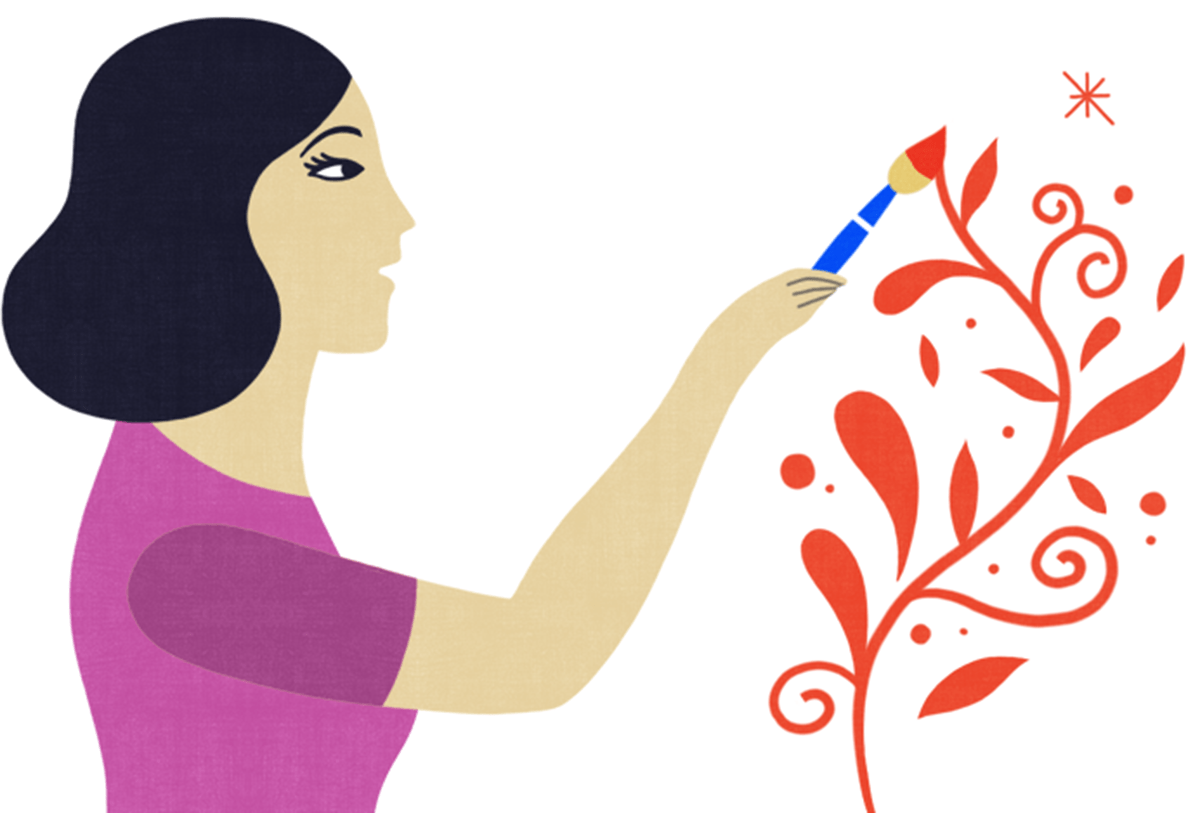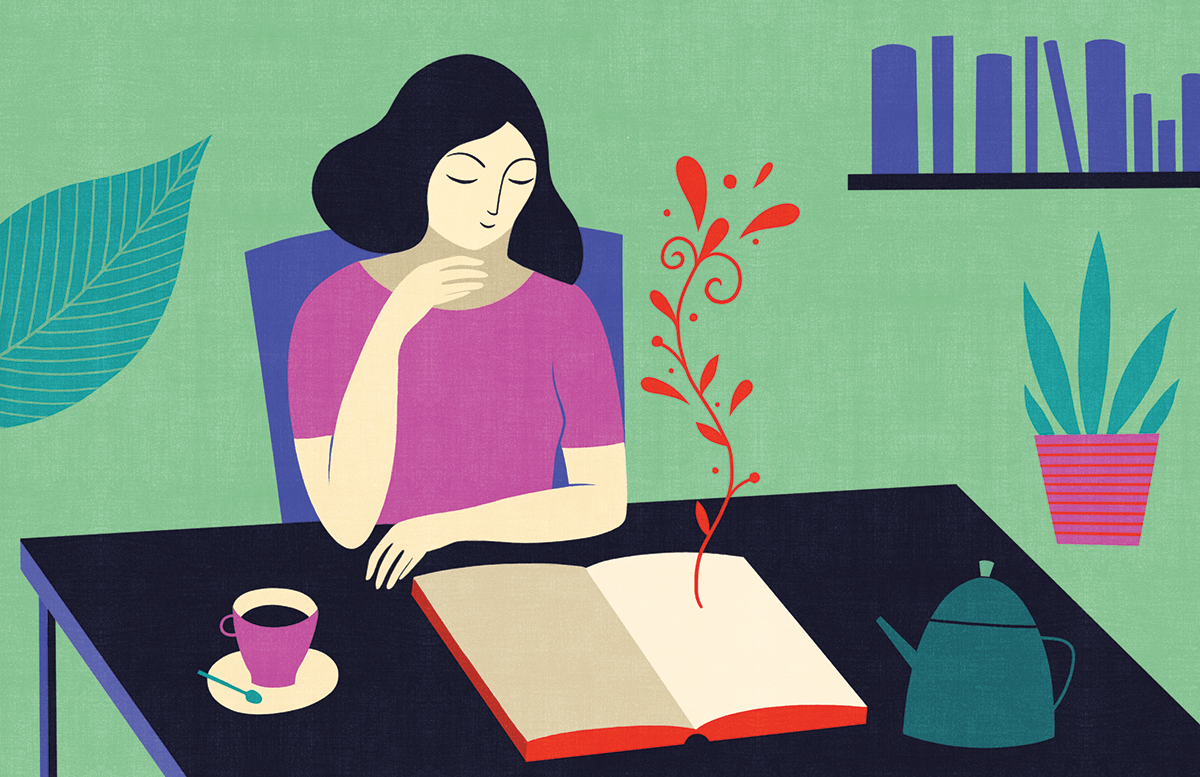How do we become one with the dharma, the Buddhist teachings? One way is through meditation practice, another is through study, and a third is through our behavior. This trio of meditation, study, and action is a brilliant system of checks and balances in which each component challenges and supports the other two. It’s what allows the dharma to seep into the nooks and crannies of your life.
Among Western Buddhists, meditation gets more press than study or action. In the modern world, it can feel as if we’re drowning in a sea of concepts, words, and a continuous onslaught of data. In this context, meditation seems like a nonconceptual oasis, but something is lost when we divorce meditation from its complementary disciplines of study and action.
Studying the Buddhist teachings builds clarity and confidence. It sharpens the intellect and protects the meditator from becoming dull and complacent. Study and practice are a dynamic duo. When you get too heady, meditation practice can reground you. When you get too spacey, study can infuse clarity and brightness into your meditation experience.
But how do practice and study intersect with the rest of your life? This is where action comes in. While it’s great to cultivate mindfulness and compassion through meditation and study, the real test is when you engage in the world. Do you walk the talk? The component of action is about how the mindfulness and kindness you cultivate are expressed in your everyday life—in your relationships, work, and behavior.

It’s in the context of the threefold dharma components—study, practice, and action—that I’d like to introduce a way of study called “close reading” or “active reading” of the Buddhist teachings. This practice can be done individually, in pairs, or in small groups.
Starting Fresh
Begin by choosing a text to work with. It’s best to choose a short text or short portion of a longer text. Before you start to read, take a moment to settle your mind, breathe, and relax. Note any residuals of neurotic and competitive “student-ism,” such as feelings of inadequacy or self-doubt on one hand, or tendencies toward academic pride or aggression on the other. Try to take a fresh approach, free of assumptions.
Getting a Feeling for the Text
Read straight through the entire selection. First read through it silently, then read it again aloud. Let the words flow and don’t try too hard to capture the meaning.
Now, take another look and see if you can discover the logical structure of the reading. It can be helpful to think in terms of the threefold logic of ground, path, and fruition. Imagine what you would say if someone asked you what the reading was about and you had to give a brief reply in your own words. Keep a light, playful touch.
Breaking It Down
Read one paragraph or verse at a time. For some sections you might go line by line or sentence by sentence. Ask yourself: What’s this sentence really getting at? Does it make sense? How does it connect—or not—with my own observations and personal experience?

If a passage and terminology seem familiar or old hat, notice if you’re settling for simply recognizing the words, but without penetrating further. Ask yourself, do I really understand what this basic term or concept is about and why it’s important?
Pay attention to what’s said and isn’t said. What are the assumptions underlying the passage? What’s the presumed context? How does that color what’s being presented? Don’t try to come up with the one correct interpretation, and don’t be afraid to challenge the dharma or question whether what you’re reading is true or makes sense. Wrestle with the material. Notice the broader meaning expressed via word flow, feeling tone, imagery, and text structure.
If two people are doing the practice together, first one person reads and the other makes queries, and then they reverse roles. If the practice is being done by a group, people take turns reading, and after each paragraph, the group examines the passage together.
Embodying the Teaching

Focus on an aspect of the reading that strikes home for you. Play with expressing it through your own words, movements, art, or gestures.
Notice the ordinary but subtle shift that occurs when a teaching becomes a part of you. Notice the difference between restating what you’ve read and expressing what you’ve learned in your own unique voice.
To conclude, take a brief break, then read the text straight through once more. Just let it flow through your mind like a river.

